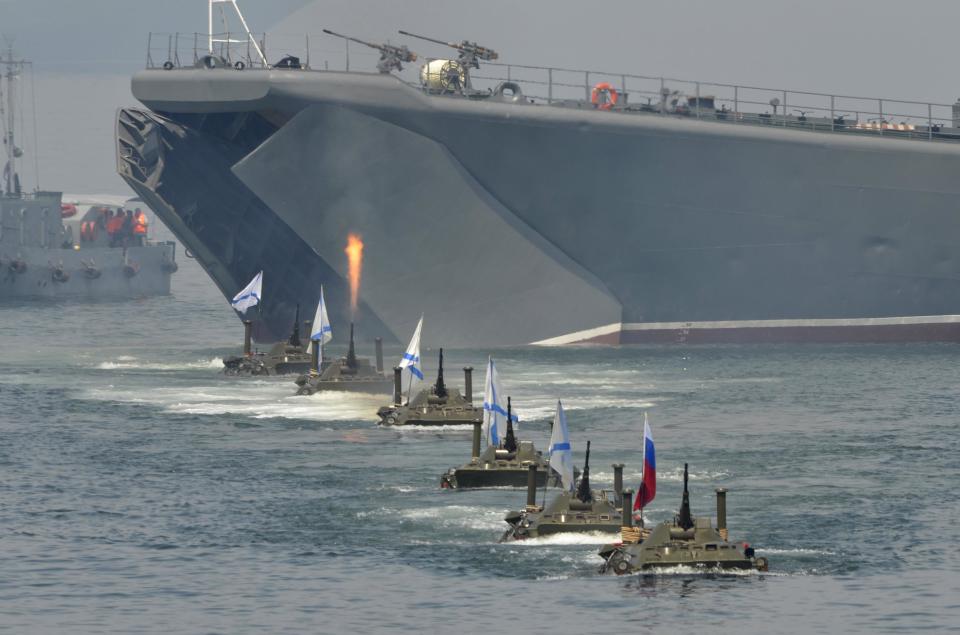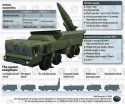navyreco
Senior Member
Russian Navy To Take Delivery of Two ARS-600 Deep Sea Submersible in 2015

Russian Navy Commissions New Intellingence Ship Yury Ivanov (Project 18280)


The Russian Navy will take delivery of two ARS-600 deep-sea submersibles in 2015. This statement was made by Captain 1st Rank Igor Dygalo, a spokesman of the Defence Ministry for the Naval Forces.
“Two ARS-600 submersibles have been tested and accepted by the Russian Navy last year,” the spokesman pointed out.
It should be noted that the ARS-600 submersible is designed for searching, examining and lifting various underwater objects from the seabed, sustaining life activity of crews in distressed submarines, as well as docking other rescue facilities with distressed submarines. The ARS-600 submersible has a double-hulled design and can be controlled from any of the hulls. Sonar systems are used for navigation and communication.
Russian Navy Commissions New Intellingence Ship Yury Ivanov (Project 18280)

Just one month after its trials at sea, the first Project 18280 intelligence ship Yury Ivanov has been commissionned in the Russian Navy, spokesman for the St. Petersburg-based Severnaya Verf shipyard told Russian news agency TASS on Wednesday.
“The vessel has already been signed over to the Navy - the acceptance act was signed at the end of last year,” the shipyard source said. The communication ship (medium reconnaissance ship, 2nd rank) of Project 18280 is the largest Russian vessel of this class. The vessel has a displacement of around 4,000 tons and a range of at least 8,000 nautical miles. The crew is around 120 people.







